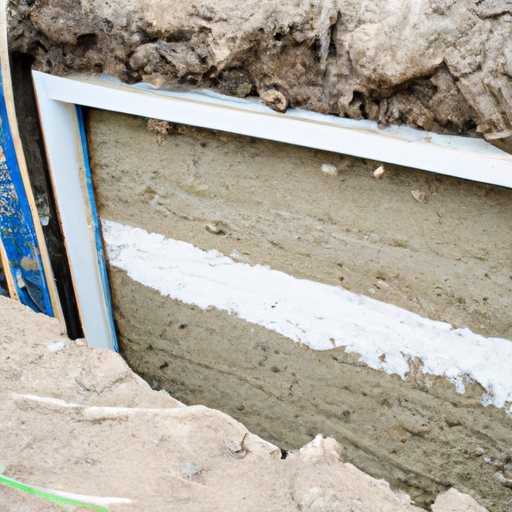
Common Causes of Foundation Problems in San Antonio, Texas: Soil Movement and Environmental Factors
Posted by on 2024-06-25
San Antonio, Texas, with its warm climate and rich history, is a place where many are proud to call home. However, homeowners in this region face a unique set of challenges when it comes to maintaining the integrity of their homes' foundations. The common causes of foundation problems in San Antonio can largely be attributed to soil movement and environmental factors.
The soil composition in much of San Antonio and the surrounding areas consists predominantly of clay. While clay soils can provide a stable base for structures when conditions are ideal, they have one particularly troublesome characteristic; they expand and contract significantly with moisture changes. During rainy seasons or periods of heavy precipitation, clay soils absorb water and swell up, exerting increased pressure on foundation walls. Conversely, during droughts or extended dry spells, which are not uncommon in South Texas's variable climate, these soils dry out and contract. This repeated expansion and contraction cycle can cause the ground to shift beneath a structure – a phenomenon known as 'soil movement'.
This constant state of flux puts immense stress on foundations over time, leading to cracking, buckling, or even upheaval in severe cases. Homeowners may begin to notice symptoms such as cracks in walls or floors, doors that stick or fail to latch properly, windows that won't open smoothly or have visible gaps around them when closed – all telltale signs that the foundation may be suffering from the effects of soil movement.
Moreover, San Antonio's weather patterns further exacerbate these issues. Occasionally the area experiences extreme weather events like flash flooding followed by periods of intense heat and aridity - both contribute to the cycles of wetting and drying that impact soil volume change.
Another significant component contributing to foundation problems is improper drainage around homes. When rainwater doesn't properly drain away from a house due to poor grading or malfunctioning gutters and downspouts it accumulates near the foundation which could lead more quickly than normal swelling shrinking cycles within expansive clays beneath building thus intensifying shifting settlement risks associated with fluid soil volumes underfoot
Furthermore human activities such as excessive watering landscaping irrigation systems planted too close buildings (which often require additional hydration) contribute unnatural amounts moisture local environs creating artificially induced heaving settling pressures foundations designed withstand natural seasonal variations alone
Environmental factors play yet another role tree roots seeking sources underground water extend far beyond their visible canopy aboveground sometimes reaching into areas alongside beneath constructions These invasive root systems draw significant quantities liquid away surround earth potentially dehydrating already volatile strata precipitating uneven collapses void spaces form shifting subsurface materials destabilizing previously solid footing upon which houses stand
In conclusion residents San Antonians need aware intricacies involved maintaining sound residential commercial edifices within city limits Understanding contributions both naturally occurring man-made influences imperative ensuring longevity safety investments built atop ever-changing landscape By addressing issues early stages implementing corrective measures preventatively property owners mitigate many detrimental effects associated problematic foundational stability Secure foundations after all essential any strong lasting build environment we inhabit